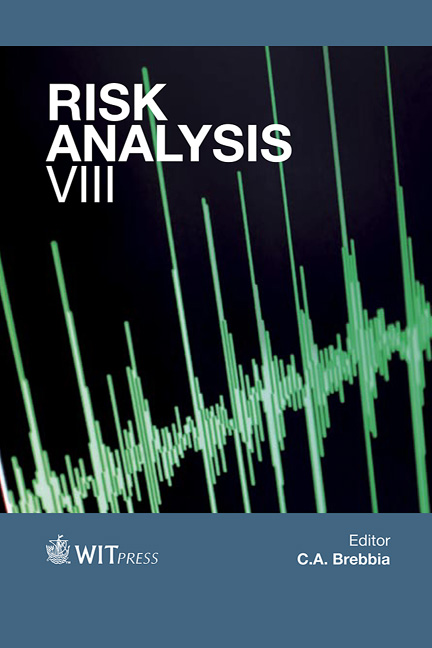Developing A Dynamic Risk Map (DRM) For Pipeline Construction Projects In The Middle East
Price
Free (open access)
Volume
44
Pages
13
Page Range
175 - 187
Published
2012
Size
548 kb
Paper DOI
10.2495/RISK120161
Copyright
WIT Press
Author(s)
N. Y. Zabel, M. E. Georgy & M. E. Ibrahim
Abstract
Project risk analysis must be implemented using a systematic approach where project size, data availability and project team requirements are promptly taken into account. However, complex projects are marred with numerous interconnected causes and effects, which make project dynamics rather difficult to understand and control. One approach to overcome this hardship and provide a facility to understand and visualize such dependencies is risk mapping. With emphasis on the pipeline construction sector in the Middle East, the research at hand aims first to identify the most critical risk factors in the denoted sector and then to develop a dynamic risk map (DRM) for it. N2 Diagrams were employed to construct the interdependency relationships of the DRM. The DRM can be utilized in calculating the significance of project risks via posterior probabilities. In this context, the cross impact analysis (CIA) method is proposed as an appropriate computational and reasoning tool. The CIA method is simply a technique designed to predict chances of future events by capturing the interactions among a set of variables. From the DRM it is possible to envisage not only the ultimate effect of a risk on the project but also the incremental steps leading to it. This makes it possible to evaluate the effect of potential risk factors for unlimited project scenarios. Keywords: construction projects, risk identification, risk analysis, risk mapping, Delphi technique, N2 Diagram, dynamic map.
Keywords
Keywords: construction projects, risk identification, risk analysis, risk mapping, Delphi technique, N2 Diagram, dynamic map





